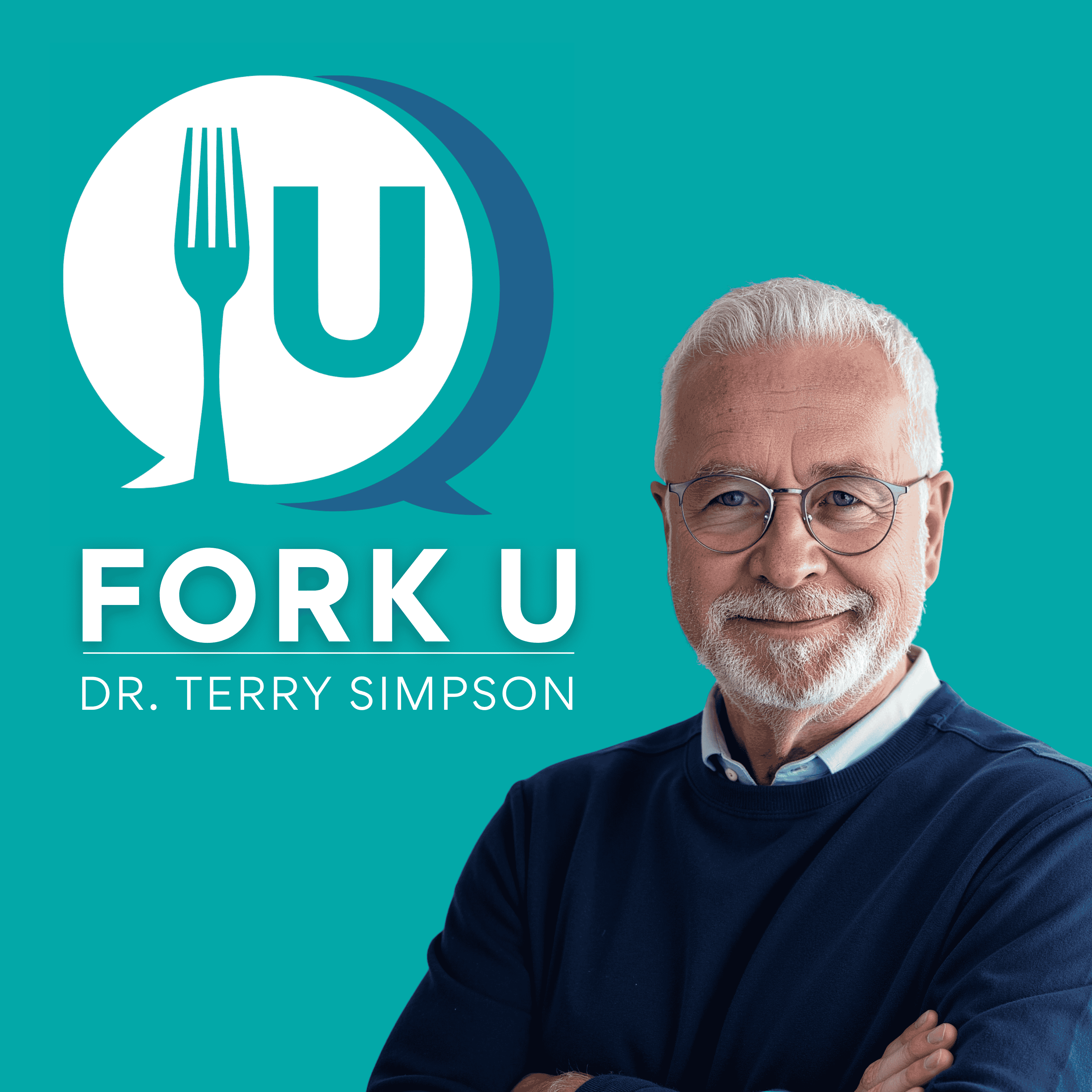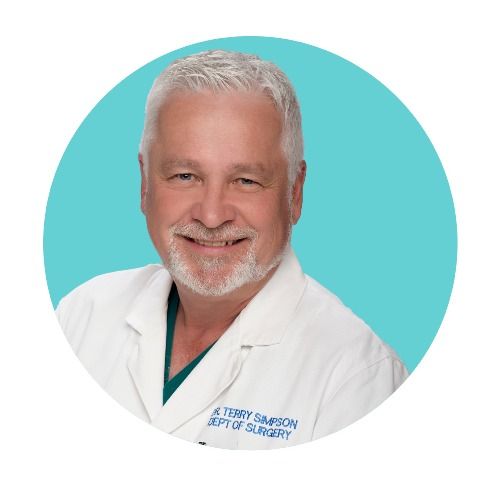Episode 40
The Beautiful Bean
We Love Legumes
The legume is a powerhouse plant protein. The beautiful bean. Often the source of protein for vegetarians and vegans, and forgotten about in most modern diets today. Thus, we will campaign to bring back the legume.
In today's gym, you will find people selling protein powders, advocating all meat diets, and flexing their muscles. But in ancient times, the original Greek Gymnasiums, the source of protein for these fellows, were legumes. Their diet was cereals from whole grains, fruits, legumes, vegetables, and occasionally fish. No meat, no protein powder, no pre-workout.
What is a Legume or Pulse?
When most think about legumes, they think about the common green bean (Phaseolus vulgaris). Yet there is an entire family of Leguminosae.
The precise definition of a legume is any plant from the Fabaceae family that would include its leaves, stems, and pods. A pulse is an edible seed from a legume plant. Pulses include beans, lentils, and peas. For example, a pea pod is a legume, but the pea inside the pod is the pulse.
Rediscovering the Bean
When Ancel Keys was told there were few cardiac events in Southern Italy, he went to investigate. Legumes have less fat, and thus, a diet rich in legumes should have less fat and, thus, less heart disease.
In Naples, only 20-25 percent of the calories were from fat. In contrast, Keys noted in England that 35% of the calories were from fat, while in Minnesota, 40 percent of the calories were from fat. Legumes meant plenty of protein, less fat.
The blood cholesterol reflected some of this. Naples had cholesterol values of 165 milligrams per 100 milliliters of blood, while England had over 200 and Minnesota had over 230. Total blood cholesterol was the only measurement at the time.
What Keys also showed was the wealthy Neapolitans ate a richer diet:
"Still, a small sample of bankers and professional men in Naples, who lived on a much richer diet than the working class, had cholesterol values of about 200 in their blood serum, and some of them had coronary heart disease." (reference 1)
Beans and Lower Cholesterol
Keys then took 24 healthy men and controlled their diet for fat and protein. Keeping calories constant with equal amounts of protein but changing the fat, the cholesterol fell from 225 to 195 on the lower-fat diet. But the Neapolitan diet was not what he followed. The fat in Naples was mainly olive oil, and the fat in the low-fat metabolic ward was from fat in meat and milk.
At the time, Keys concluded it would be difficult to convince people to eat a diet rich in legumes. Americans love their meat. Today, we have better methods to decrease heart disease risk by using statins often with other drugs. While a diet of legumes replacing meat might reduce blood cholesterol by 10-20%, that is often not enough to decrease the risk of heart disease.
A combination of modern medications (such as Crestor, Zetia, Repatha) can lower LDL (apo-B levels) to where heart disease can become an "orphan" disease. You can have your steak and eat it too!
Legumes and the Mediterranean Diet
Legumes are part of the Mediterranean Diet (ref). The recommended amount includes 3-4 ounces of legumes per day. Or using legumes as a major source of protein for a meal several times a week.
Legumes: lentils, beans, peas, and peanuts. The more common ones that humans consume.
Ancient Peoples and Legumes
Until about 12,000 years ago, homo sapiens were hunter-gatherers. For almost two million years before that, our evolutionary ancestors subsisted on hunting and gathering. What was the most common protein source? Legumes. Not meat, as much as your carnivore-crazy friends would have you believe.
Remains of lentils, the tombs of the Twelfth Dynasty (2400-2200 BC). Archeologists have found peans and lentils from remains in Turkey dating to 5500 BC.
Even North America has legumes. America is best known for both the kidney bean and the haricot (and you thought it was French). Those were cultivated throughout North, Central, and South America. Dried kidney beans have been found in pre-Inca tombs.
Want Some Data?
People who ate legumes four times a week had a 22% reduction in heart disease compared to those who consumed legumes once a week or less. The U.S. Dietary Guidelines emphasize legumes (about 3 cups a week) and the DASH Eating Plan of the National Heart, Lung, and Blood Institute (4-5 half-cup servings a week). The Food and Agriculture Organization (FAO) of the United Nations declared the International Year of Pulses in 2016, focusing on the contribution of pulses to food production and nutritional diversity to help eradicate hunger and malnutrition.
Nutritional Value
Legumes are a significant source of protein, dietary fiber, carbohydrates, and dietary minerals; for example, a half cup of cooked chickpeas contains 18% of the Daily Value (DV) for protein, 30% DV for dietary fiber, 43% DV for folate and 52% DV for manganese. Not much fat and not much sodium in these.
Legumes are also an excellent source of resistant starch, one of my favorite starches. Your gut doesn't break down resistant starch but is broken down by bacteria in the large intestine to produce short-chain fatty acids used by intestinal cells for food energy. Those byproducts reduce the risk of colon and rectal cancer.
Favorite Recipes:
One of my favorite recipes is life-saving Dahl by Simon Majumdar - my co-host of FORK U. His recipe is here.
REFERENCES:
(1) Keys, Margaret.Keys, Ancel. The Benevolent Bean. United States: Farrar, Straus and Giroux, 1972.
Gofman JW, Delalla O, Glazier F, Freeman NK, Lindgren FT, Nichols AV, Strisower B, Tamplin AR. The serum lipoprotein transport system in health, metabolic disorders, atherosclerosis and coronary heart disease. J Clin Lipidol. 2007 May;1(2):104-41. doi: 10.1016/j.jacl.2007.03.001. PMID: 21291675.
LA, He J, Ogden LG, et al. Legume consumption and risk of coronary heart disease in US men and women: NHANES I Epidemiologic Follow-up Study. Arch Intern Med 2001 Nov 26;161 (21):2573-8.
"Nutrition facts for Chickpeas (garbanzo beans, bengal gram), mature seeds, cooked, boiled, without salt, 100 g, USDA Nutrient Database, version SR-21". Conde Nast. 2014. Retrieved 15 January 2015.
Birt DF, Boylston T, Hendrich S, et al. Resistant Starch: Promise for Improving Human Health. Advances in Nutrition. 2013;4(6):587-601. doi:10.3945/an.113.004325.
Am J Hypertens. 2014 Jan;27(1):56-64. doi: 10.1093/ajh/hpt155. Epub 2013 Sep 7.
Effect of dietary pulses on blood pressure: a systematic review and meta-analysis of controlled feeding trials.
Jayalath VH1, de Souza RJ, Sievenpiper JL, Ha V, Chiavaroli L, Mirrahimi A, Di Buono M, Bernstein AM, Leiter LA, Kris-Etherton PM, Vuksan V, Beyene J, Kendall CW, Jenkins DJ.
Naureen Z, Bonetti G, Medori MC, Aquilanti B, Velluti V, Matera G, Iaconelli A, Bertelli M. Foods of the Mediterranean diet: garlic and Mediterranean legumes. J Prev Med Hyg. 2022 Oct 17;63(2 Suppl 3):E12-E20. doi: 10.15167/2421-4248/jpmh2022.63.2S3.2741. PMID: 36479501; PMCID: PMC9710409.


